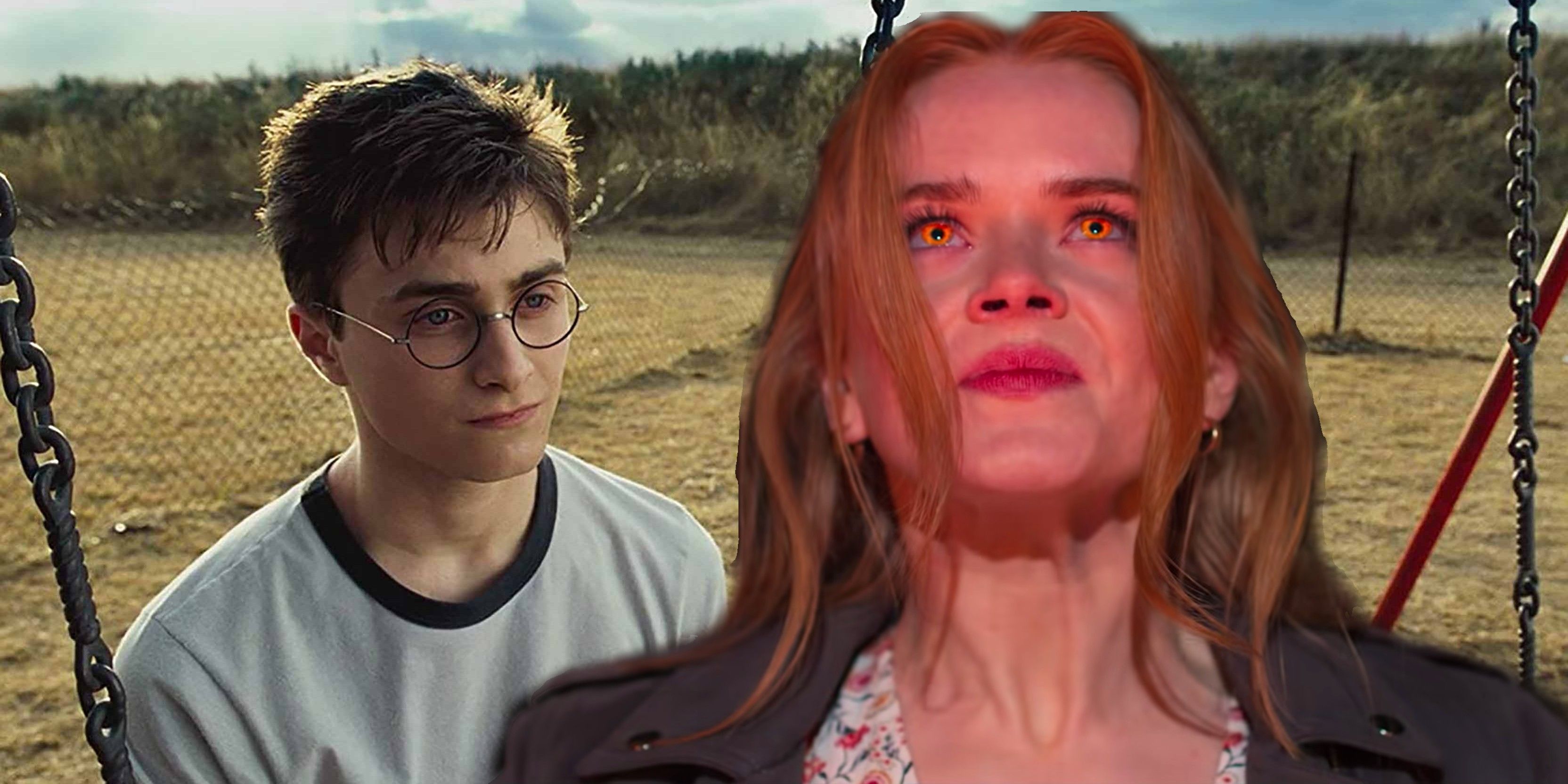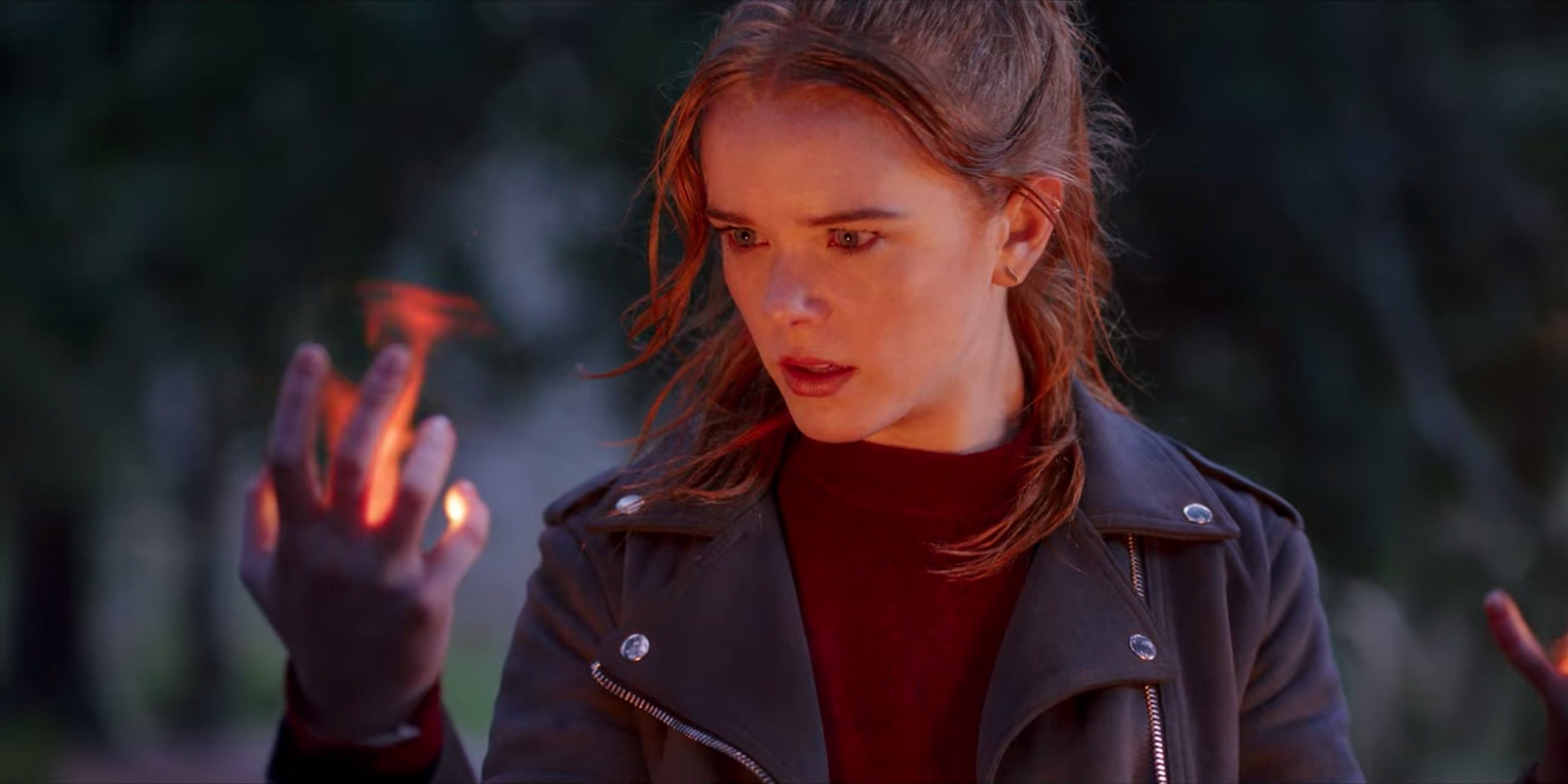In a move straight out of Harry Potter, Fate: the Winx Saga protagonist Bloom often gets into trouble because of her stubbornness and self-absorption. Like Harry Potter, the fire fairy is an independent spirit. Thrust into an unfamiliar world and not sure who she can trust, Bloom withdraws and makes every big decision by herself. But her narrow focus on her own problems makes her unable to see things from a different perspective. Her snap judgements leave her without critical information and lead her to make mistakes.
Fate: The Winx Saga is a darker take on beloved Nickelodeon cartoon, the Winx Club. In Netflix's adaptation, Bloom is an outsider, like Harry. Unlike some other students at the magical school, Alfea, Bloom was born into the human world and unaware of her magical powers until notified by the school's headmistress Farrah Dowling (sound familiar?). Throughout the six-episode series, Bloom is on a mission to discover her true heritage and the nature of her powers. As she uncovers dark secrets about Alfea's history, Bloom becomes obsessed with discovering the truth about her past. Although Bloom's roommates and friends reach out to her, she pushes them away in favor of walking alone.
It's the same ongoing mistake and character flaw as Harry in Harry Potter. Bloom's isolation in Fate: The Winx Saga makes her vulnerable to manipulation. By shutting out the people who care about her, Bloom allows herself to become close to others who do not have her best interests at heart. Her determination to go it alone means that she often ignores outside opinions, refusing to hear the input of others. By keeping her own counsel, Bloom is blind to alternative explanations and more apt to believe the lies of whomever she is aligned with. Bloom's resolution to remain independent instead leads her to shift allegiances from episode to episode, clinging to anyone who promises her answers.
Like in Harry Potter, Bloom's self-absorption is critical to the plot. Her preoccupation with finding her birth parents (after discovering she's a changeling) not only leads to interpersonal conflicts with her roommates and love interest, Sky, but also to major magical conflicts in the Otherworld. Her Gryffindor tendency to fend for herself combined with a Slytherin's tendency to keep secrets lead her act impulsively, with lasting consequences. In the season 1 finale, "A Fanatic Heart," Bloom's refusal to listen to Dowling leads her to free the Otherworld's biggest enemy, Rosalind. Although Bloom later course corrects, learning to trust and rely on Dowling and her friends, it's too late. Rosalind is able to neutralize the good guys and take over the school (a la Harry Potter and the Order of Phoenix).
Bloom's personality makes her a good protagonist and helps keep the action moving, but it also makes her unlikeable at times. Even though the show often introduces conflicts between the suite members, they all end with a renewed focus on Bloom's struggles, because as the main character of the show, she actually is the center of the fictional universe. On the other hand, Bloom's season 1 personality is useful. Throughout Harry Potter, Harry often reverts to his go-it-alone mindset in times of trouble, leading to interesting interpersonal subplots, and the same can be said for Bloom in Fate: The Winx Saga.
Fate: The Winx Saga depends heavily on social drama, so viewers may hope Bloom's selfishness return in season 2. Yet, the best characters grow and change over the course of a story, so hopefully Bloom will evolve in season 2, opening up more narrative possibilities. If Bloom becomes more emotionally stable, the series can explore questions introduced in Fate: The Winx Saga season 1 about the ethics of war and parent-child relationships. It would become a true coming-of-age story. Hopefully, the show won't fall into the trap of repeating storylines, ultimately leading to audience fatigue.


